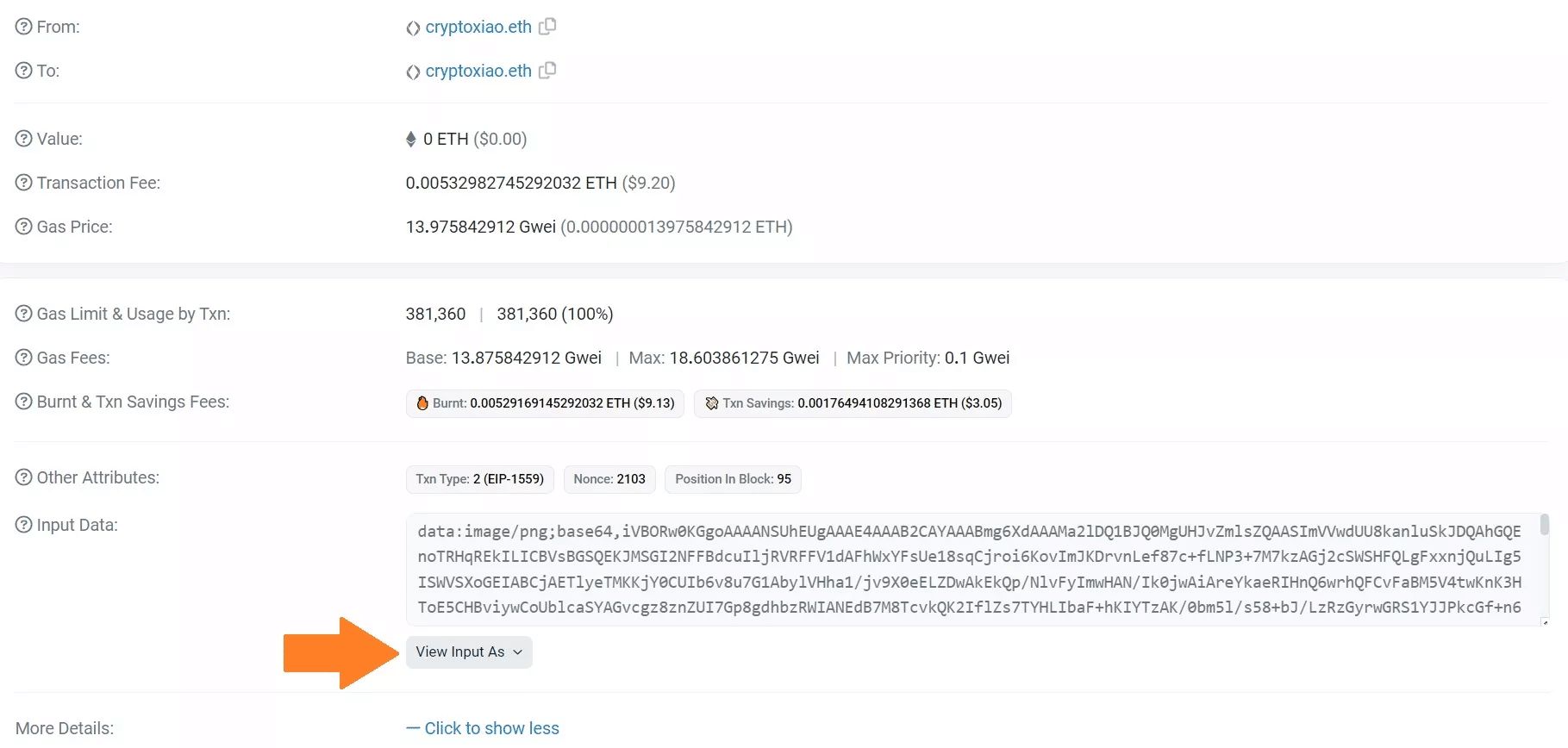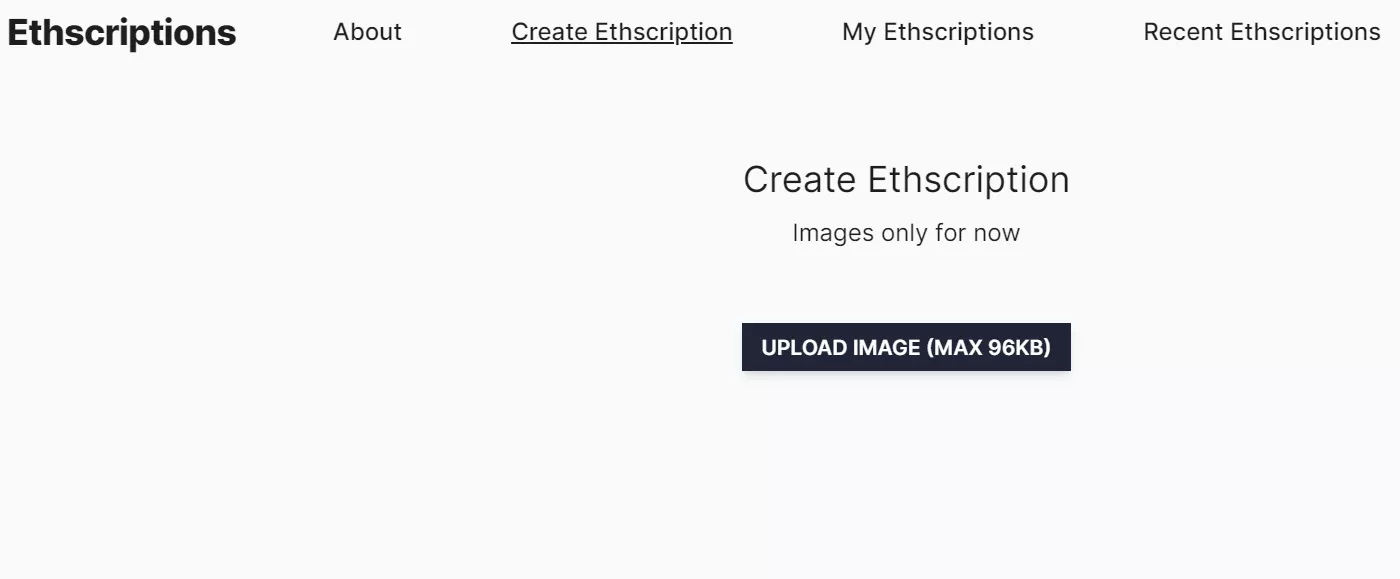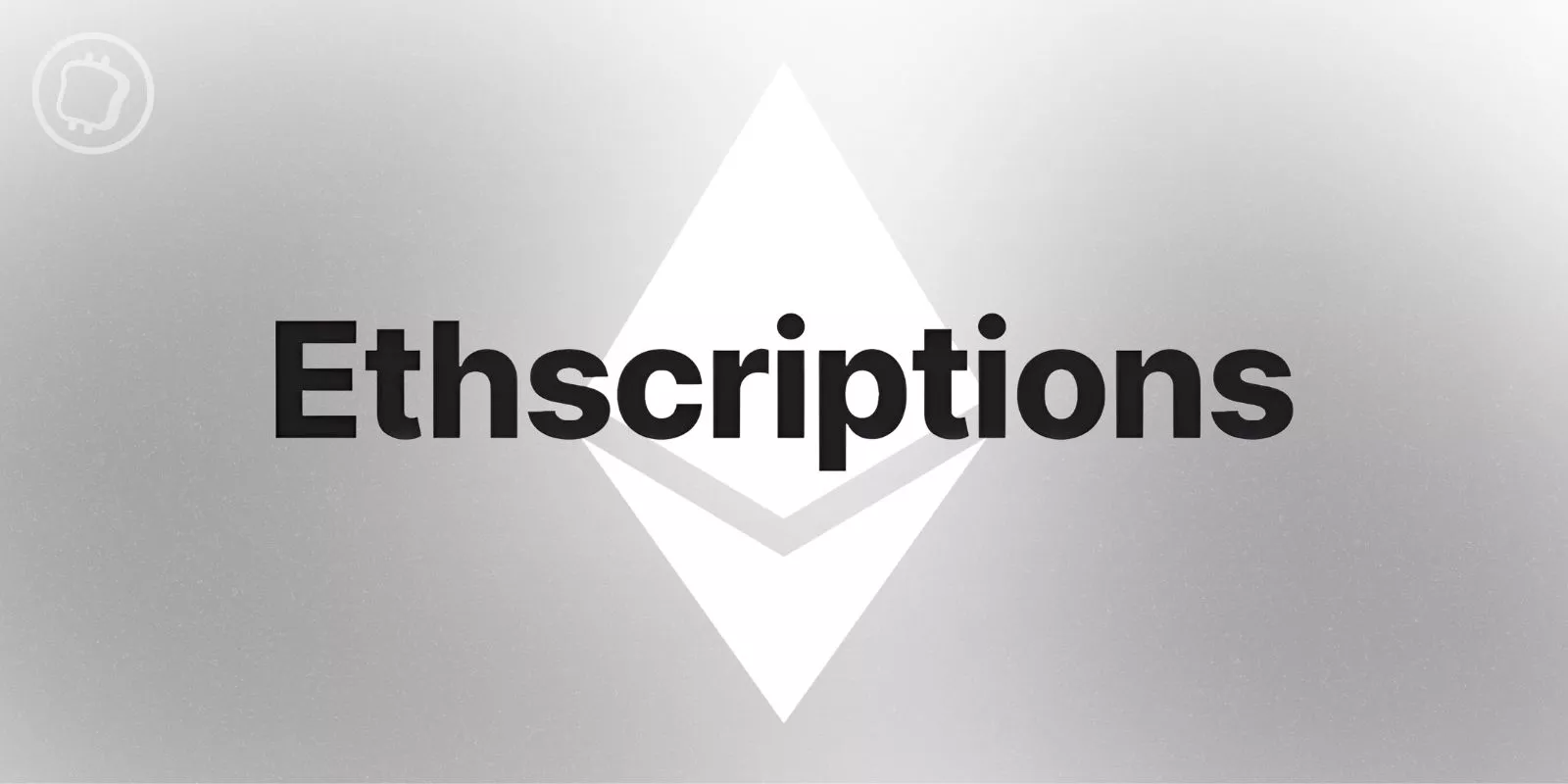Since the weekend, a new protocol has been making it easier to register on Ethereum in a way reminiscent of Ordinals: Ethscription. Is it really comparable to the Bitcoin protocol? Is it a new technology? We take a look.
Ethscriptions are the talk of the Ethereum world
This weekend, a new term started making news in the crypto community: Ethscriptions. Tom Lehman presented this protocol for writing data to the Ethereum blockchain (ETH) without using the smart contracts used to create non-fungible tokens (NFT):
Introducing Ethscriptions: a new way of creating and sharing digital artifacts on Ethereum using transaction calldata.https://t.co/XfQ7RdtblD
ALSO: Introducing Ethereum Punks. Because why should all non-contract Punk collecting happen on Bitcoin?https://t.co/d3Ycwbdc2Z..
– Middlemarch (@dumbnamenumbers) June 16, 2023
In a way, it’s reminiscent of the Ordinals protocol, although it actually works quite differently. Bitcoin (BTC) requires the use of satoshis to secure the protocol data, whereas Ethscription does not require ETH to be “blocked”.
The illustration below shows how this data can be recovered. For example, we can see that the cryptoxiao.eth address has sent a transaction of 0 ETH to itself, with a message that can be converted to UTF-8 from the “View Input As” menu on a blockchain explorer such as Etherescan:

Figure 1 – Example of a registration on Ethereum
For this particular entry, you will then need to copy and paste this content into a search engine to view the stored image.
In reality, Ethscription provides a user interface for a functionality that already exists on Ethereum, and is already used by part of the community: the ability to send messages on-chain.
For example, the project’s website facilitates the process of registering images of up to 96KB at the moment:

Figure 2 – Creating an Ethscription
Simple fad or experimentation for future use cases?
For the moment, it has to be said that this process is very limited in its possibilities. The size of the information that can be shared makes Ethscription much less flexible than NFTs on Ethereum.
Nevertheless, these registrations have the advantage of being fully decentralised, whereas the content of an NFT, for example, is not always stored on-chain.
To transfer an inscription, all you have to do is enter the hash of the transaction that created it in the hexadecimal data field. On MetaMask, for example, you need to activate ‘Display Hex data’ in the advanced settings:

Figure 3 – Transferring an Ethscription
In this way, this operation will update the new owner on Ethscription. However, it is important to stress that these registrations are fundamentally different from NFT and any other cryptocurrency, as this does not use any token standard. As such, it is purely about data transfer.
However, the project has generated a buzz, and within 18 hours of the launch, 30,000 registrations had already been made by Saturday:
With almost 30k Ethscriptions in @proroketh to join our protocol Twitter chat. Ideas, bug reports, NO alpha, NO trading, NERDS ONLY! pic.twitter.com/udKdsVT0L8
– Middlemarch (@dumbnamenumbers) June 17, 2023
It’s still too early to predict the fate of this blockchain application, but it will be interesting to follow any developments that may take place around it.
